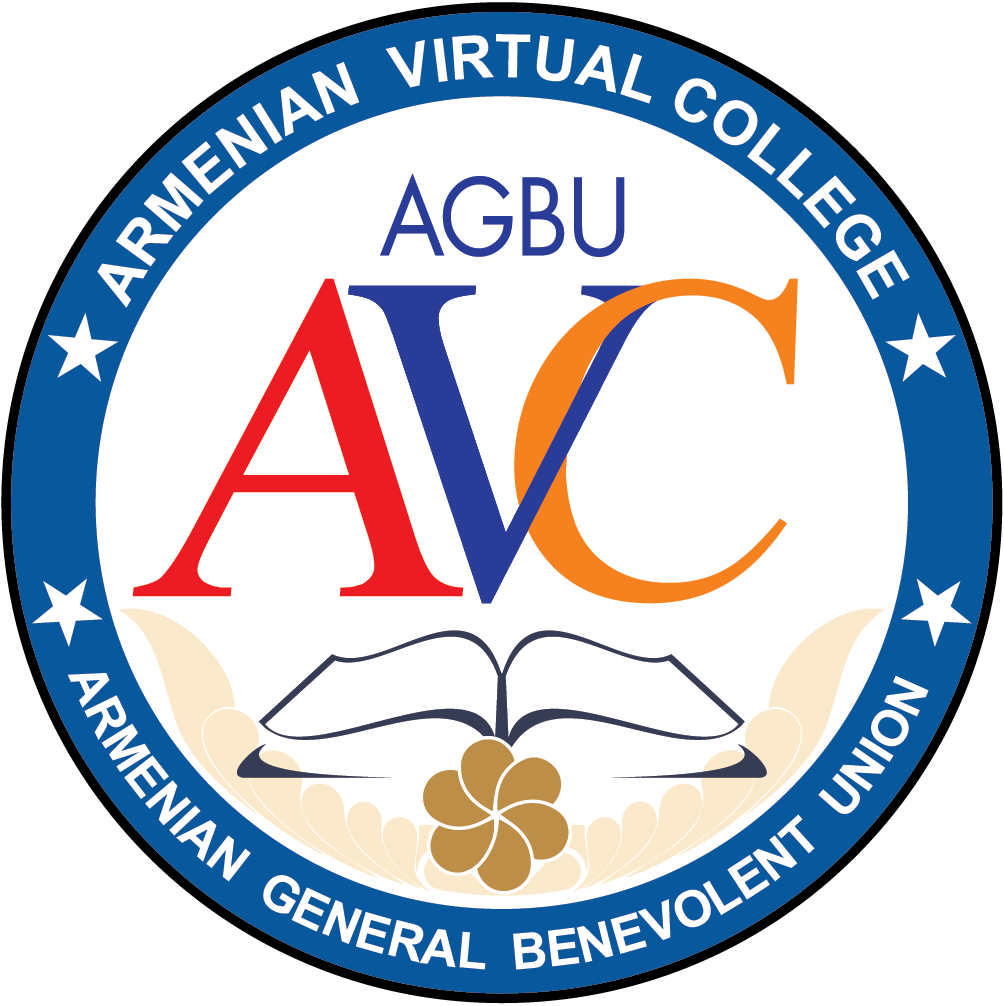AVC Live Streams Symposium Organized by UC Berkeley Armenian Studies Program
04/18/2015
On April 18, 2015, the AGBU Armenian Virtual College live streamed an international symposium organized by the Armenian Studies Program at UC Berkeley entitled “The Origins of Armenian Genocide.” The event covered the crucial three years between 1912 and 1915. It featured a number of prominent scholars who discussed the combination of domestic and international factors that triggered the Armenian Genocide.
Professor Stephan H. Astourian, Director of the Armenian Studies Program at UC Berkeley, opened the symposium discussing the development and future of the Armenian Genocide as a field of study. Professor Ronald Grigor Suny built his talk on the quote “They Can Live in the Desert but Nowhere Else” to discuss the elements of the ethnic elimination policy of the Young Turks and to address when a mass murder can be defined as a “genocide.”
Professor Fatma Muge Göçek of the University of Michigan emphasized four instances of violence of the Turkish policy against the Armenians in chronological order: “No instance of violence against the Armenians—be it the massacres of the 1890s, the Genocide of 1915, the massacres in the Republican period and, most recently, the assassination of Hrant Dink, have been punished so far.”
Professor Margaret Lavinia Anderson of UC Berkeley stressed in her presentation that “Armenians wanted stability in the Ottoman Empire, not territory.” However, the indifference of the Great Powers served as a good impetus for Abdülhamid II and the Young Turks to realize their plans as the presentations of Erik-Jan Zurcher from Leiden University, Netherlands, Proffesor Donald Bloxham of the University of Edinburgh, Garabet Moumdjian, an Independent Scholar and Consultant, and Ruben Safrastyan from the National Academy of Sciences in Armenia illustrated. The retrospective analysis by Yektan Turkyilmaz of Zentrum Moderner Orient, Germany, revealed that the mass deportations and massacres of the Armenians were so well planned, that they remained unpredictable even for the Armenian intellectuals who had close ties with the Turkish Government. The geographical map presented by Ugur Ümit Üngör of Utrecht University, Netherlands, on the other hand, illustrated the census data of the Armenian population in pre and post-1917 with the disturbing conclusion that Armenians were missing from most of the areas where they were a majority prior to the Genocide.
The symposium added greatly to the scholarly research in the field of the Armenian Genocide, and stimulated an immense discussion among the speakers and the attendees.
The live streaming of the event was part of AVC’s Webinar Series. The aim of the Series is to help AVC users transcend geography and time zones to virtually attend outstanding seminars, symposiums, conferences and public talks that present cutting-edge research, discussions and insights in Armenian history and culture.
Watch the video recordings of the conference









